TRAINING a winner is something very special; even more so if you own the horse yourself.
It’s not easy winning a race of any description in this country, as the level of competition continues to grow stronger year after year. As a restricted licence holder, with only four horses in training, I do it for the love of the sport more than anything else. Standing in that winners’ enclosure is just the best thrill anyone can ever have in life, a feeling which is hard to describe.
My late father was a jockey, who rode in the Grand National four times. When he retired from race-riding in the early 1950s, he started out training from his base in Co Tipperary. I learned how to ride at the age of seven and from then on I was always involved with horses.
My older brother, Willie worked at home with Dad while I attended the local primary school. However, in my first year in secondary school, Willie got hurt so I had to leave in order to help out with the training. For me, it was a blessing in disguise as I hated school anyway! We had some very good horses pass through our hands over the years before going on to bigger things.
Grand National
Kilmore, the 1962 Grand National winner, began life with us, as did the 1988 Gold Cup winner, Charter Party. Racing was certainly easier in those days, with the competition not as fierce. You could plan a campaign for a horse, confident in the knowledge he would get a run. Nowadays, the balloting system has put paid to all that, making it much more difficult to think long term.
I rode my first winner on the track at the age of 13. That came in a bumper aboard a mare called Hannah Lee, on whom I beat Kevin Prendergast by a neck. Officially you had to be 15 years old to ride under rules but it wasn’t really followed to the letter back then. In fact, within seven months, I actually rode out my claim, while still only 14.
Paddy Mullins was a great supporter of mine at the time; he always loved to use a 7lb claimer on his bumper horses. In those days, you only had to ride 20 winners in order to lose your claim, first down to 7lbs and later 5lbs. I turned professional while still in my teens; riding plenty of winners over the following years.
Dessie McDonogh and Andrew McNamara [Snr] used me a lot, while I continued to work at home and ride all of my fathers horses on the track. Bodal, was one of our own that stands out for me. Bought for just £300, she started off winning from 9st 7lb and won her last race off 12st 2lb. Having started off as a 13-year-old, I continued to race-ride until I hit 40. To be fair, I rode my last winner in my mid 30’s, so the last few years were more for the fun and love of the game. My father continued to train right up until his death 23 years ago.
Selling operation
Although my father trained for years and Willie subsequently took over the licence, ours has always been a selling operation. We were one of the first in this country to embrace the breeze-ups when they started 46 or 47 years ago.
One of the first horses we bought as a breezer, Atall Atall, was later sold privately to Martin Pipe, who sent it out to win the 1985 Windsor Castle Stakes at Royal Ascot. He was a little-known trainer at the time but went on to become the dominant force in jumps racing for many years.
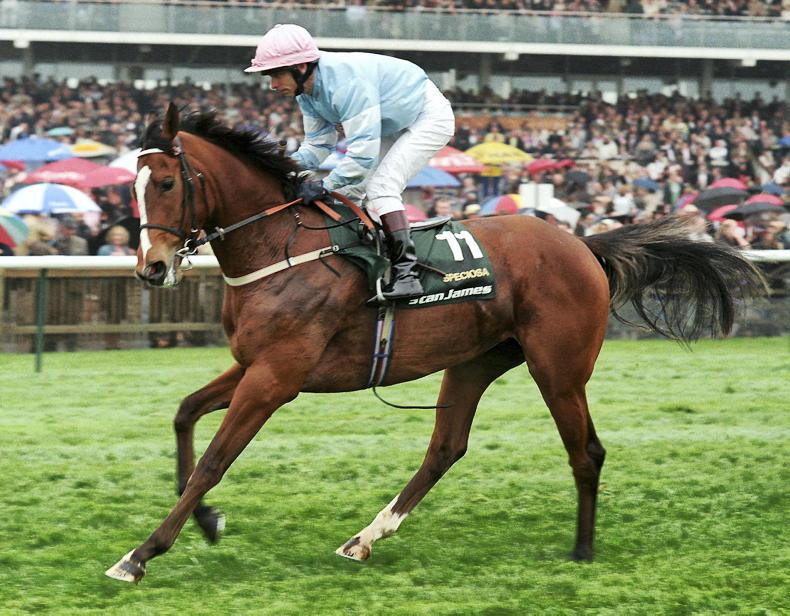
Speciosa, the 1000 Guineas winner of 2006, was one of many success stories in the early days of the Browne breeze-up venture \ John Crofts
Speciosa, winner of the 1000 Guineas at Newmarket in 2006 was another horse that we breezed. I was reminded of her only last weekend, when her granddaughter Eileendover won the listed bumper at Market Rasen.
Walk In The Park, the leading National Hunt sire, also passed through our hands. I actually saw the stallion in Pau six years ago when he was only covering a handful of mares a season.
It is incredible to think how his fortunes have changed in recent years. At one time, when my father, Willie and myself were all involved, we had close to 40 horses in training. That number was basically halved after my father passed away and Willie took over. He later moved to a new yard and I remained at the home place; taking out a restricted trainers licence.
My main business is buying and selling stock but those horses that don’t reach their reserve are often put into training. In the early years, horses such as Ability And Delivery, Under Review, Queen Grace and Esytopolishadimond gave me some good success. In fact, one year, I can recall having seven or eight winners in Britain. The racing over there can be a much lower level in those bottom grades and I, for one, would still be going over there right now but for the restrictions.
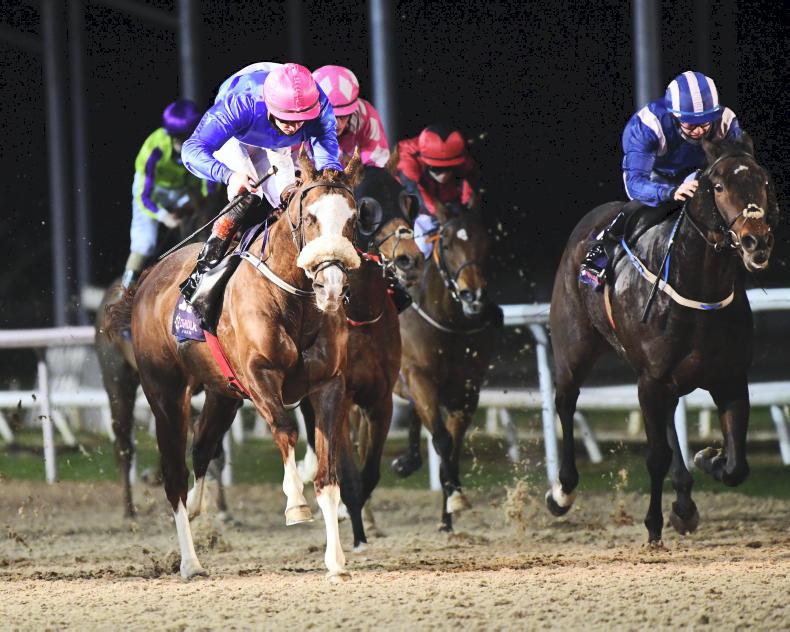
Keepthebestsideout and Adam Farragher winning at Dundalk for Michael Browne \ Healy Racing
I owned most of those horses myself, so when they finished up racing, I just didn’t have the ammunition to replace them. Keepthebestsideout, my most recent winner at Dundalk, was unsold at the breeze-ups, so I kept her and put her into training. She tends to be slowly away in her races and often runs too free, so it took a while for the penny to drop.
I think it was only when I discovered that she could miss the break over six furlongs and still win races that I found the key to the mare. I really enjoyed her win at Dundalk over the winter; it certainly shortened the long three-hour journey home. At least if she had run poorly up there, I had no owner to answer to after. I would just talk to myself in the car coming home, blaming the trainer for the run!
I used to ride out myself until very recently but now my assistant, Michelle Tullett, does most of that work. She has been with me for 25 years, so is an integral part of the whole operation.
In the coming years, my dream is to train a few more winners and continue to buy and sell nice horses. I have had some success at both and will never get fed up with it. There is no greater feeling on this earth than coming upon a decent horse; I think it’s a drug of sorts.
Michael J. Browne was in conversation with John O’Riordan
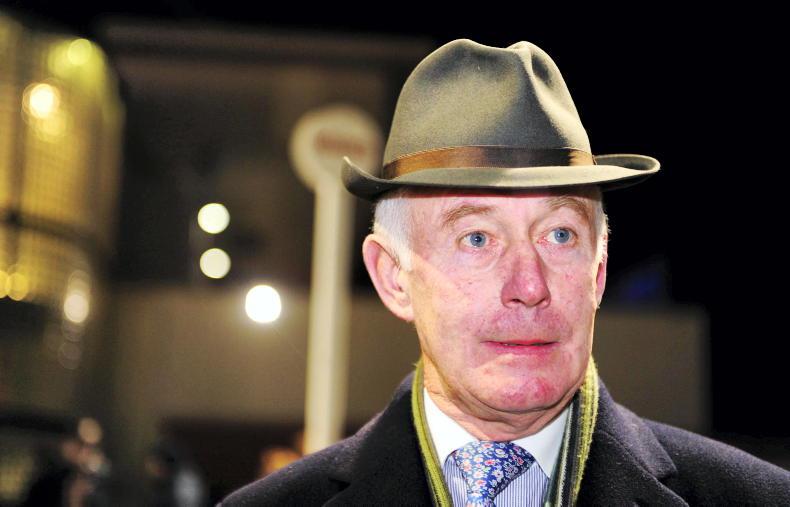

 This is a subscriber-only article
This is a subscriber-only article
 It looks like you're browsing in private mode
It looks like you're browsing in private mode










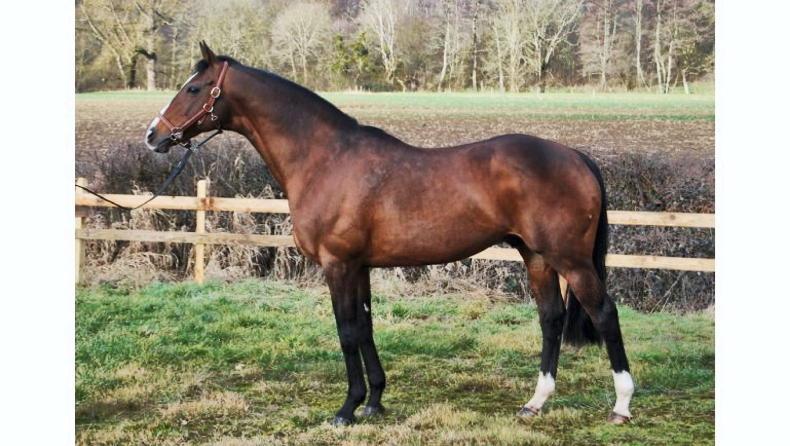
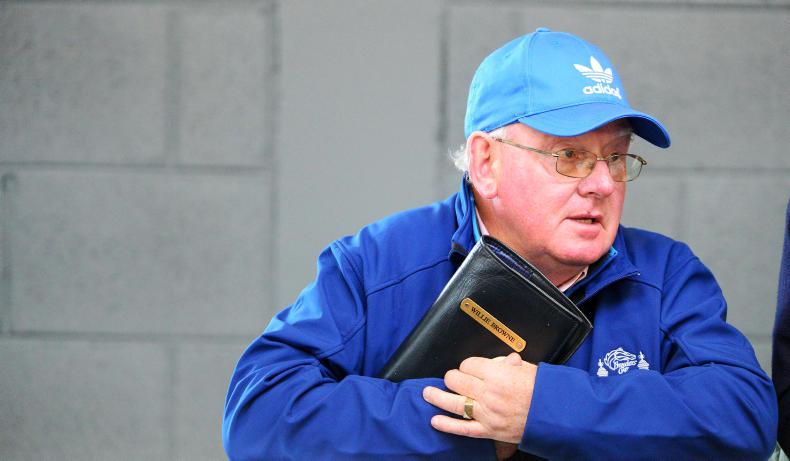
SHARING OPTIONS: